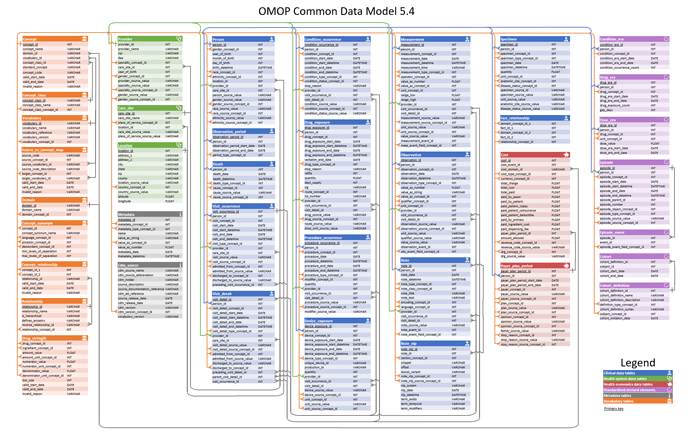So @schuemie and myself partnered up for a little powerpoint party.
Hope it brings as much fun to the community as we had making it ![]()
(The ppt file will be uploaded to the Teams site, as I’m not allowed to upload it here.)
CDM54_SchuemieLos.pdf (218.2 KB)
